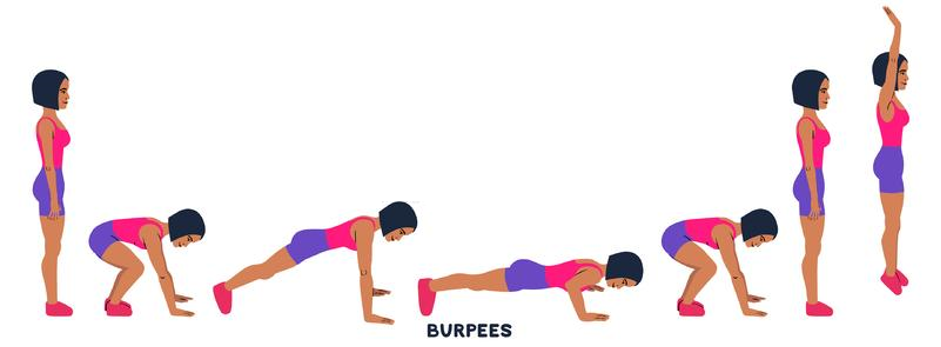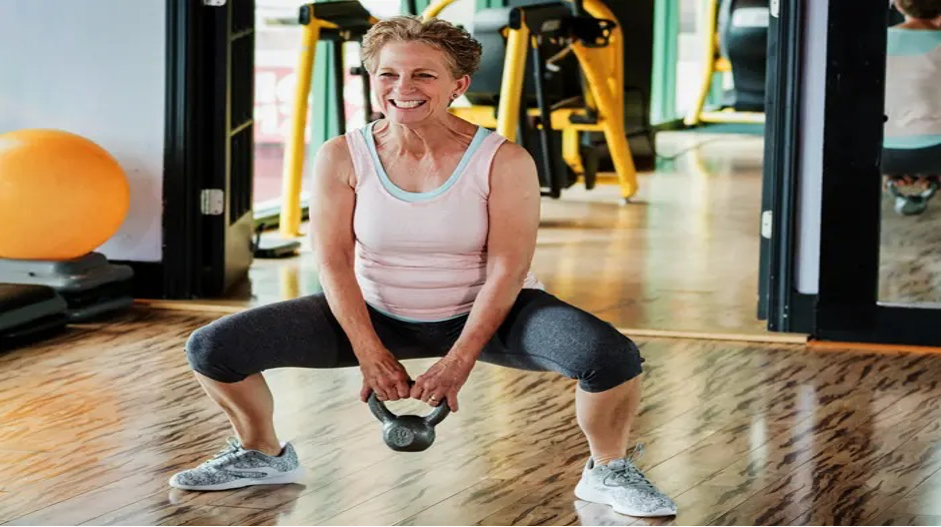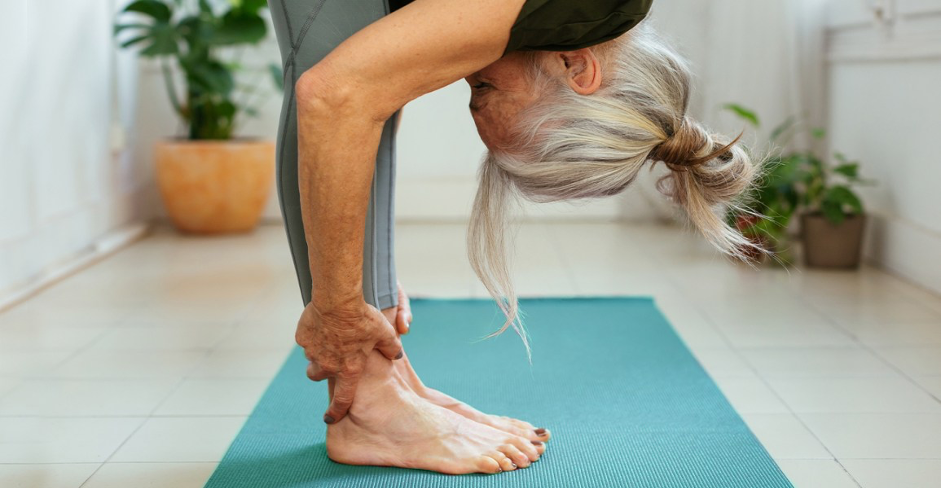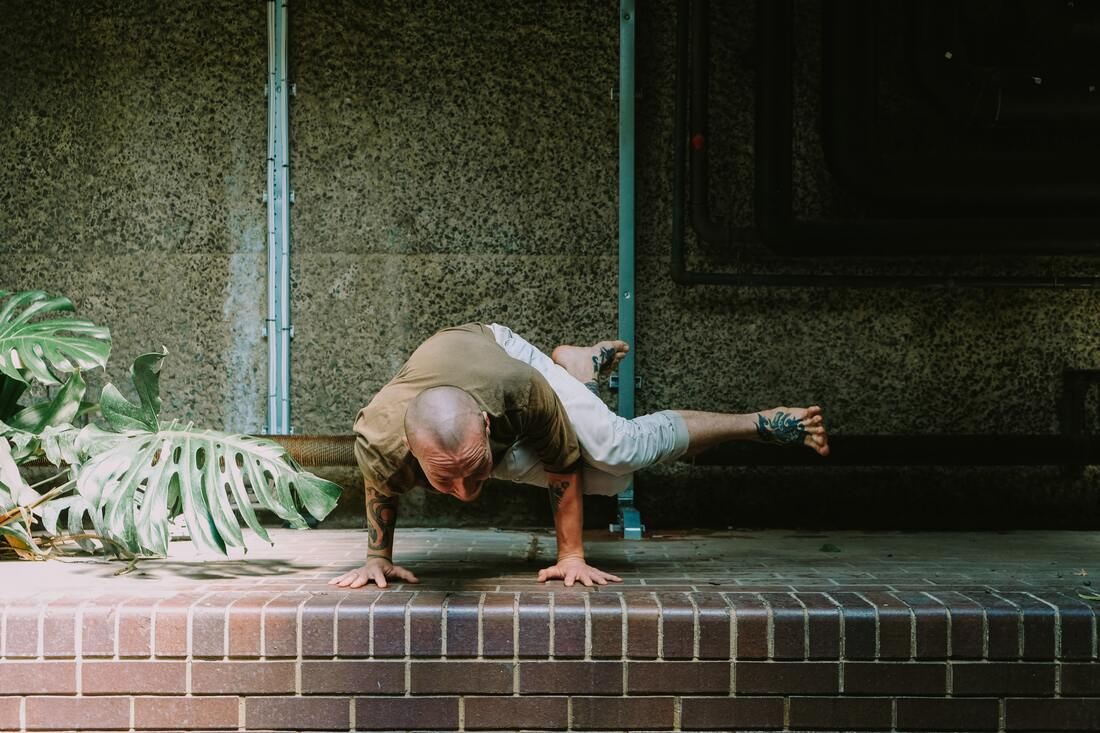|
SEARCH My Blog (Opens in new tab)
Variety is the key to exercising for seniorsGUEST POST by Juan Carlos Gonzalez* This post may contain affiliate links. The author may earn a small commission for any purchases made through these links. Click here for the disclosure statement. No payment has been made to me or will be received by me - as the publisher of this blog - for this post - Walter Adamson. We know that physical activity is necessary to maintain good health in our later years, but less than a third of Americans meet the recommended levels of physical activity. Heart disease, osteoporosis, depression and diabetes are common diseases among older adults and are often deadly. Fortunately, adopting a more active lifestyle can contribute to the prevention of these diseases, or reduce the unpleasant symptoms of these diseases if you already have them. If you are at risk for disease, exercise may be the key to warding off an unpleasant condition. Variety is the key to finding suitable exercises for seniors. All ages, but especially seniors, should focus on a mix of strength and mobility exercises as well as balance and aerobic activities. However, it boils down to this - the best exercises for seniors are those they enjoy and can do regularly. Regular exercise is important for seniorsAccording to the U.S. Department of Health and Human Services, exercise is essential for seniors (65+), as it makes it easier to do activities of daily living (ADLs) such as eating, bathing, dressing, getting in or out of a chair or bed, and moving about the house or neighborhood. Older adults who are physically active are less likely to slip and fall. Exercise can improve muscle strength and bone density, which is particularly important for women who lose bone density more quickly after menopause than their male counterparts. Exercise for your heart and lungs can help you maintain your overall health, as well as offset certain risks of developing chronic diseases and other ailments. The best aerobic exercises for seniorsAdults over the age of 65 should be doing at least 2.5 to 5 hours of moderate-intensity aerobic exercise per week. This can be spread over multiple days. Moderate-intensity aerobic activity can include walking, biking, swimming, dancing, and taking nature walks. The training session can also include some special exercise equipment for seniors. These are the top aerobic exercises for seniors.
Physical activity of any sort is the key, to keep moving as best you can and in a way that makes you want to do it again. The best strength training exercises for seniorsAlthough some changes in your body, such as a decrease in muscle mass and bone mass, are inevitable with aging, being active and strong can help to delay them. Regular resistance training can be done with your body weight, free weights, and resistance bands. Consider daily activities when choosing the best strength training exercise for seniors. Heather Mims, a doctor in physical therapy and a certified orthopaedic specialist at Tula PT & Wellness in New York City, says that "one of the most important indicators of mortality and morbidity is the ability to rise from a chair without any assistance". You can test yourself by simply getting up from a sitting position on a chair. While standing up your goal is to not push against your chair's arms or press on your thighs with your hands. If you have to push, this indicates weaknesses which can be improved by practising with some strength exercises. The best flexibility exercisesFlexibility is essential for mobility, independence and strength throughout the entire range of motion. Mims states that flexibility is essential for reducing the energy costs of standing and walking with age. Stretches that target the shoulders and hips, as well as the legs are key (as these are body parts that often contribute to gait compensations and balance problems as we get older). Best balance exercises for seniorsAs we age, our general health decreases and falls are more common. This can lead to head injuries, fractures and other health problems. Multiple systems are responsible for maintaining our balance. These include inputs from the vision, inner ear, and touch systems. The brain integrates these systems, and they then translate into motor output through the musculoskeletal system. These systems may become less efficient as we age. However, it is possible to keep them functioning well by working to maintain them. If you are concerned about falling, be cautious.
In conclusion: Pro tips to build a comprehensive exercise programIt's not enough to feel comfortable with an exercise program. You also need to enjoy it and be willing to continue doing it regularly. To create an exercise plan that is tailored to your needs and preferences, consult a trainer, therapist, or occupational therapist. Make it interesting and have fun. Take your pet or friend for daily walks. You can pair exercise with other parts of your routine, like getting up and down ten times before you sit down for dinner. Mims recommends that you include strengthening, stretching, and balance activities in your daily life. To monitor your activity, you can use fitness tracking and inexpensive tools such as dumbbells or resistance bands. *About the author: Juan Carlos Gonzalez is the Founder and CEO of BestUsedGymEquipment. Passionate about providing the market with high-quality gym equipment. > More posts to help you with EXERCISES
> More posts to help you with DIABETES > If you are a @MEDIUM reader my publication Body Age Buster has hundreds of categorised posts which I have written especially for men and women over 50. Latest: get your free customised fitness plan designed uniquely for you.
|
ChoicesSince I was diagnosed at 50 with Type 2 diabetes I've been learning how to do bone-building fitness training which lowers my age. You can too. It's your choice. Walter Categories
All
Archives
May 2023
|






 RSS Feed
RSS Feed



